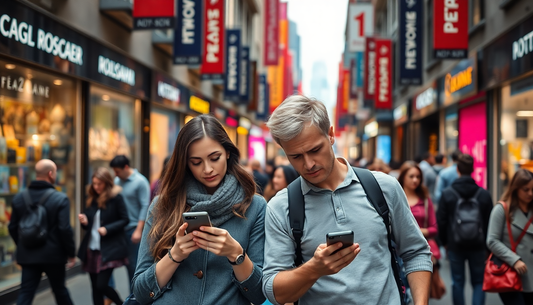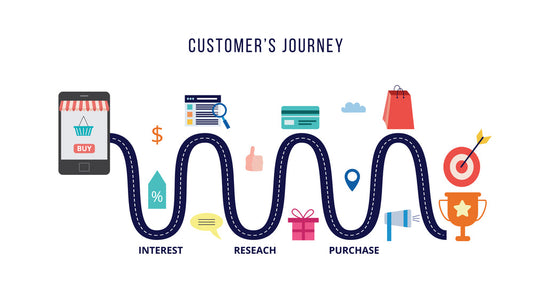Experiential marketing isn’t just a buzzword; it’s an opportunity to build deeper connections with customers, especially when selling high-ticket products online. Experiential marketing adds a more human element to online marketing.
Here are a few ways you can try it:
1. Virtual Live Events
Virtual events such as product launches, Q&A sessions, or live demonstrations offer a unique way to engage with your audience. These events make customers feel part of a community, which is critical for building trust.
Social media platforms offer a way to create live, interactive experiences. Hosting live streams where customers can ask questions or participate in giveaways generates buzz and engagement.
Brands like Sephora use Instagram Live for product tutorials, leading to a 41% increase in their follower engagement (source: Business Insider).

2. Pop-Up Experiences
Pop-up events are a great way to combine online and offline marketing efforts. Even e-commerce brands can leverage pop-ups to showcase their products in a tangible way. For example, Tesla hosts events where potential customers can test drive their cars. These experiential opportunities often lead to a boost in pre-orders and sales.
If a physical event isn’t feasible, consider collaborating with local influencers to host smaller, localized pop-ups.
3. Personal Video Calls
High-ticket product buyers expect personalized service. Offering tailored consultations, behind-the-scenes content, or even custom packaging can make a big impact. Luxury brand Burberry excels at this by combining digital tools with concierge-level service, which has helped them achieve double-digit growth in their online sales (source: McKinsey).
Consider adding options for virtual styling sessions or one-on-one video product walkthroughs.

4. Livestream Shopping
You may also try Livestream Shopping apps, like Whatnot, which are growing in popularity.
As I am writing this article (Dec 2024), these livestream shopping apps are used mainly for selling low-ticket items, so there might be a great opportunity to experiment with selling high-ticket products.
5. Augmented Reality (AR)
AR allows customers to visualize products in their own space, solving a major pain point for high-ticket purchases—uncertainty about fit or compatibility. For example, IKEA’s AR app lets customers place furniture in their homes virtually, leading to a 30% increase in online sales (source: TechCrunch).
When implementing AR, focus on creating a seamless and intuitive user experience. Highlight key features like size, color options, and functionality.

Create Experiences
Experiential marketing works because it creates an emotional connection with your audience, and that’s especially important for high-ticket items. At Shopm Innovator, we enjoy helping e-commerce brands craft strategies that not only attract customers but also keep them coming back.
Interested to improve your marketing approach? Check out our e-commerce services or Ecommerce Accelerator program, designed to support your brand growth.
Want to boost your eCommerce sales?
- Get a free store audit from Shop Innovator!
- We'll analyze your website, SEO, and marketing strategy.
- Find opportunities for growth and higher conversions.
- No cost, no obligation - just actionable insights to help you succeed.





